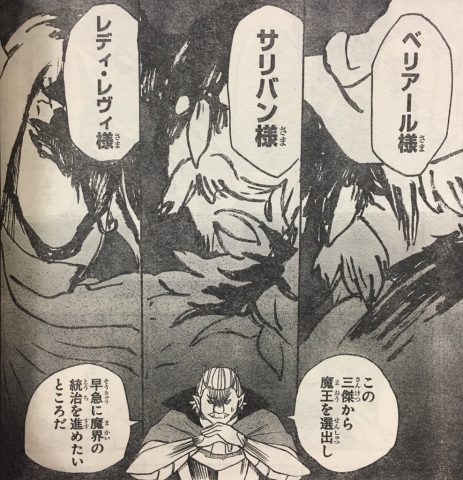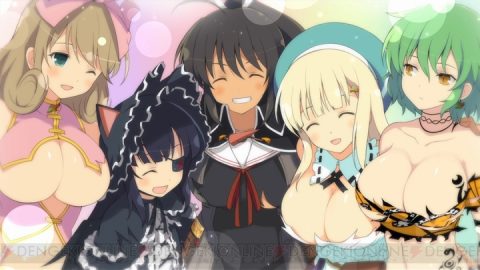This science fiction anime was originally created by GAINAX and directed by Anno Hideaki.
A total of 26 episodes aired on TV Tokyo (TNX) from October 4, 1995 to March 27, 1996. The manga version preceded the anime, and began serialization in the February 1995 issue of Monthly Shonen Ace. Because the manga began first, many people believe that the original work is the manga, but it is in fact the anime. A remake titled "Evangelion: 3.0 You Can (Not) Redo" aired from 2007 to 2009, and is planned to consist of four parts.
The series depicts the battle between 14-year-old boys and girls who become Evangelion pilots and the "Angels," with an emphasis on portraying emotions such as the relationships and various conflicts that arise. In this article, we'd like to introduce some trivia that will make this series even more enjoyable.
Shinji's classmates without mothers
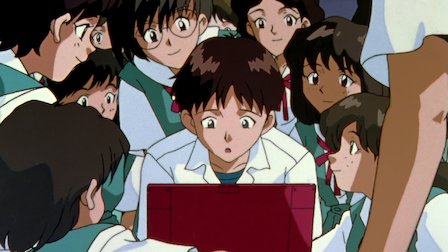
Evas absorb the soul of the pilot's mother into their core, and when their child pilots it, their synchronization rate increases, allowing them to operate.
In the story, all of Shinji's classmates are potential Children, which means that none of them have mothers. It's a pretty chilling story.
The name is derived from a battleship of the Japanese Navy.
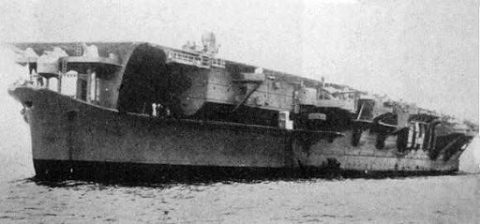
The image is of "Soryu."
The main characters are named after battleships.
The Imperial Japanese Navy aircraft carrier "Soryu" and the US Navy aircraft carrier "Langley" are named Soryu, Asuka, and Langley.
The Imperial Japanese Navy destroyer "Ayanami" is named Ayanami Rei.
The Imperial Japanese Navy aircraft carrier "Katsuragi" is named Katsuragi Misato.
The Imperial Japanese Navy aircraft carrier "Akagi" is named Akagi Ritsuko.
The Imperial Japanese Navy Akizuki-class destroyer is named Fuyutsuki Kozo. *The Akizuki-class ships from No. 361 onwards are also called the Fuyutsuki-class.
Shipbuilding terms such as anchor, rudder, and keel are also used.
Also, since Asuka is American, she is also named after a US Navy aircraft carrier.
While there are multiple Reis, there are also many mass-produced Ayanami destroyers. These are some great little touches.
The Origin is "Nausicaä of the Valley of the Wind"
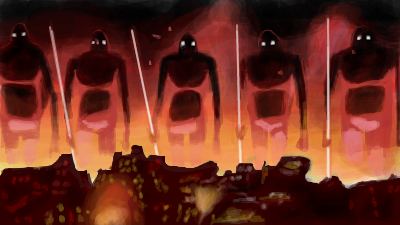
Director Hayao Miyazaki entrusted the then-unknown Hideaki Anno with the Giant God Warrior scene.
Come to think of it, it somewhat resembles the white giant discovered in Antarctica...
Director Hideaki Anno was a huge Ultraman fan
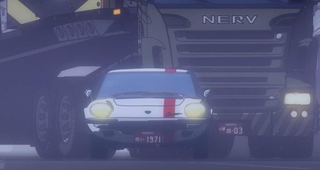
The license plate number "1971" of the car Misato drives after her blue car is scrapped in the new movie is the year "Return of Ultraman" aired. Other homages to Ultraman by Director Anno are scattered throughout the film, including symbols reminiscent of Ultraman characters and Misato's ringtone being the Science Special Search Party ringtone.
The Angels Thwarting the Human Instrumentality Project
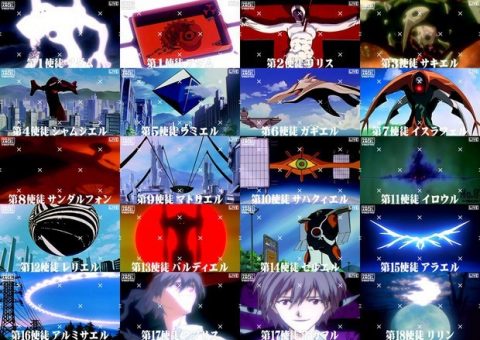
In the story, Shinji and his friends pilot Evas to defeat the Angels invading Earth. However, in reality, God is using the Angels to prevent humanity from obtaining the Fruit of Life. Obtaining the Fruit of Life and completing the Human Instrumentality Project would give humanity the same power as God, so God was trying to prevent this.
The Hidden Meaning of the NERV Logo
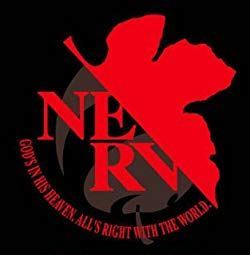
In the first edition of the manga, Volume 1, the abbreviation for "NEO EATH OF RETARN VERERASION TEAM" is NERV, but this setting is not used in the anime. Also, due to the misspelling, it seems impossible to translate into Japanese. NERV itself means "nerve" in German. The leaf in the logo is a fig leaf, representing the original sin of humanity, which rebelled against God. The leaf is also halved to represent the fact that, of the two fruits that are the source of life, the "Fruit of Wisdom" is in hand, but the other, the "Fruit of Life," is missing.
Knowing these makes you an Eva fanatic?! A compilation of trivia you'll want to share with others
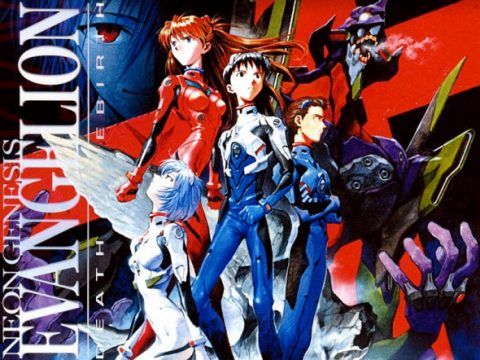
What did you think?
While we can't cover everything here, there's still so much interesting information and behind-the-scenes facts about Eva that make it so interesting. Be sure to check out more and enjoy Eva even more!

